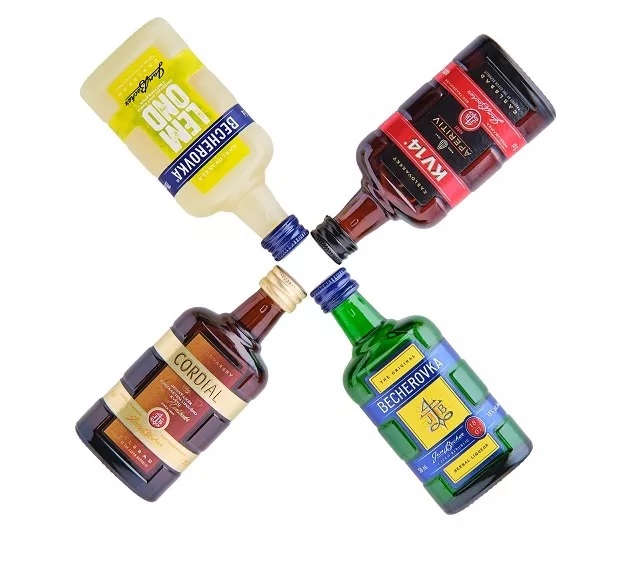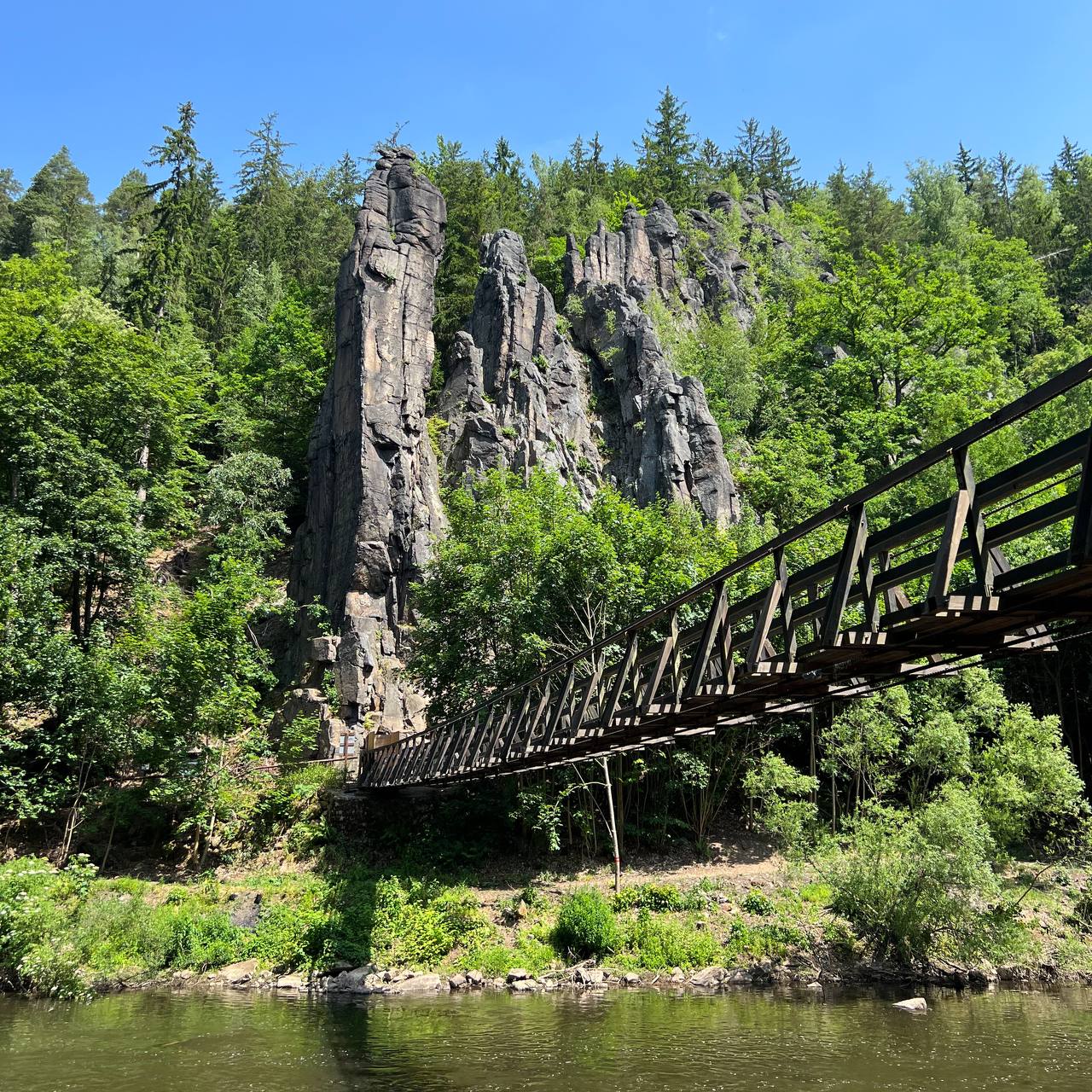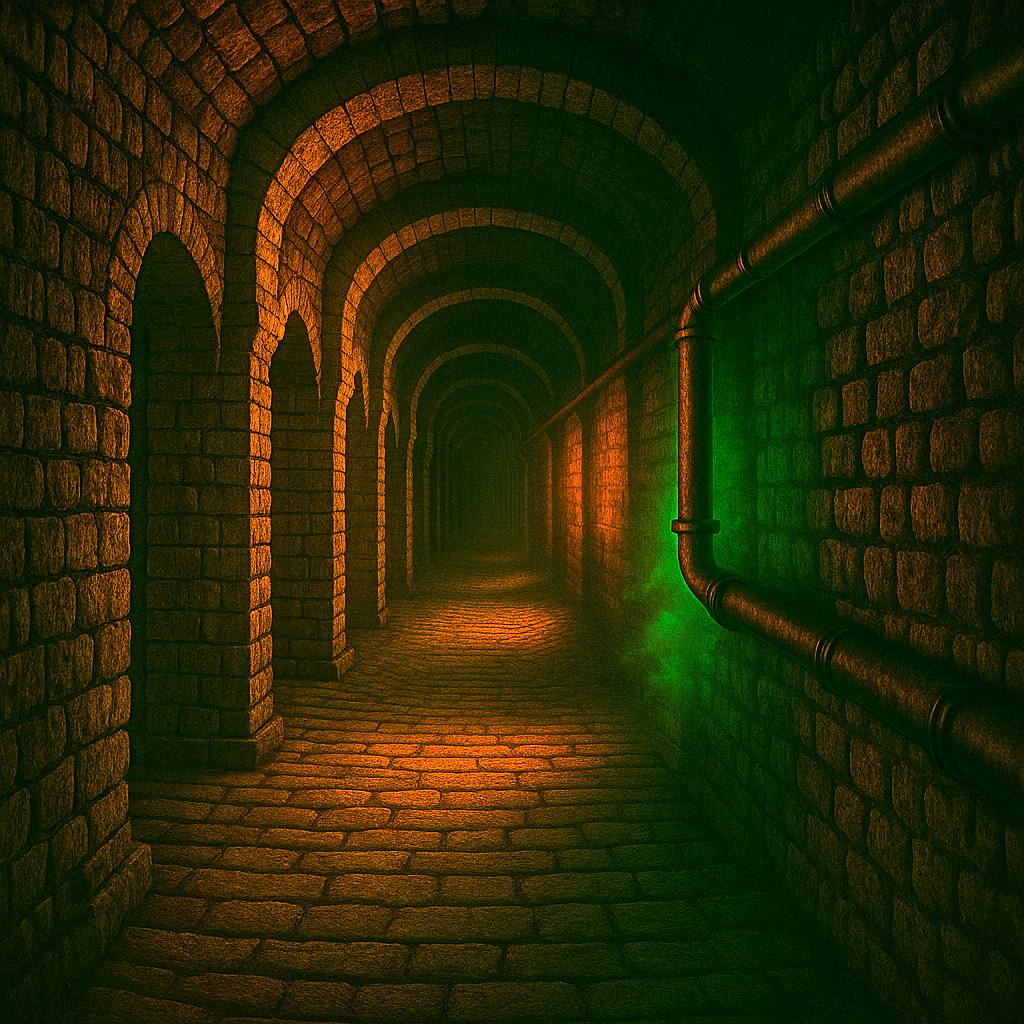
The History of Becherovka: How a Herbal Liqueur from Karlovy Vary Became a Global Brand
Becherovka is a legendary herbal liqueur from Karlovy Vary that has long transcended the borders of …
Karlovy Vary is one of the most famous spa towns in Europe. Every year, hundreds of thousands of tourists come here for the thermal springs, elegant architecture, and aristocratic atmosphere. But with its popularity, a number of persistent myths have taken root. Here are the top five — and the truth behind them.
It’s a beautiful legend often told on guided tours: Emperor Charles IV allegedly discovered a thermal spring while hunting in the 14th century, and thus the famous spa town was born.
In reality, historians confirm that the hot springs were known long before Charles IV. Locals had been using them for daily life and healing purposes. Charles IV did play a key role — he issued a decree to build a spa here, laying the foundation for the town’s development. But the idea that he discovered the springs by chance is more myth than fact.
This belief is especially common among Russian-speaking tourists. In truth, Karlovy Vary was never exclusively “Russian.”
It’s true that in the 19th century, the town was popular among Russian nobility, including writers, artists, and diplomats. But it was equally visited by Austrians, Germans, Swiss, French, and others. Today, Karlovy Vary is a truly international destination with guests from all over the world. It’s a classic European spa town — not a Russian health resort.
One of Karlovy Vary’s best-known souvenirs is the “stone rose,” also called a “frozen rose.” Many tourists believe it’s a natural mineral found underground or a real flower that turned to stone over time.
In fact, it’s an artificial creation. The rose is made from a special type of paper and repeatedly dipped in thermal spring water rich in minerals. Over time, the minerals crystallize on the surface, giving it a stone-like appearance. It’s not a geological formation, but a handcrafted and symbolic keepsake from Karlovy Vary.
Some local Russian-speaking tours claim that scenes from the famous Soviet TV series Seventeen Moments of Spring were shot in Karlovy Vary — in Café Elefant or the Grandhotel Pupp, for instance.
However, there is no official confirmation of this. The town is not listed in archival documents as a filming location. Perhaps the architecture creates a similar atmosphere, but there is no evidence that Karlovy Vary was actually used in the series.
Walking through Karlovy Vary’s center, it’s easy to think that all the elegant buildings are centuries old. But that’s not entirely true.
Many buildings were rebuilt, restored, or completely reconstructed after fires and damage. For example, the colonnade above the Vřídlo spring was constructed in the 1970s during the socialist era. It stands on the site of earlier structures, but the current building is modern. So not everything that looks old is truly historic — even though the town’s charm remains undeniable.
Karlovy Vary is a city rich in history — and in myths. Knowing what’s legend and what’s fact helps you experience it with fresh eyes. Ask questions, seek the truth, and discover the real Karlovy Vary beyond the common tourist clichés.
Subscribe to our blog for more stories about the city. Or visit the Feel Karlovy Vary cinema for a unique film experience about the spa town and its region — a must-see for every curious traveler.

Becherovka is a legendary herbal liqueur from Karlovy Vary that has long transcended the borders of …

Looking for an active day trip from Karlovy Vary? Head to Svatošské skály — the Svatoš Rocks — a uni…

Karlovy Vary is famous for its hot springs, colonnades, and spas — but the city also hides a lesser-…